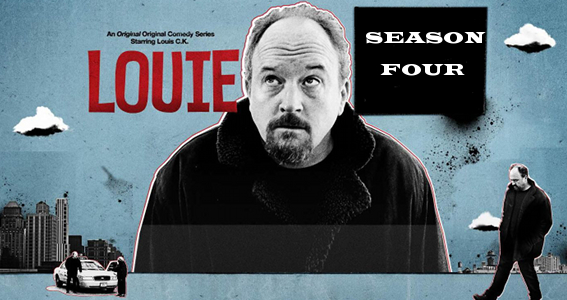I’ve been thinking a lot about ordinariness lately, you know the stuff of life that makes up the majority of our experience. Maybe it’s because I had such an unremarkable and oh so relaxing summer—a much needed break from the relentless pace of work, travel, and a big move that had taken up much of my attention in the two years prior— or maybe it is a sense that I am finally settling into a knowable routine and set of daily patterns that I can comfortably count on. For that I am actually quite grateful. Whatever it is, my focus has shifted over the summer to really notice and pay attention to much of the buzz building around works of literature, film, and television that focus on banality as core content. It appears as if the everyday is having a real moment artistically, and the reasons may be as simple as something cultural theorist Jean Baudrillard wrote in CTheory in 2001:
“What people deeply desire is a spectacle of banality. This spectacle of banality is today’s true pornography and obscenity…At a time when television and the media in general are less and less capable of accounting for (rendre compte) the world’s (unbearable) events, they rediscover daily life.”
Take for example this past year’s celebrated Norwegian novelist Karl Ove Knausgaard, the author of a six-volume autobiography titled My Struggle that has become a global literary sensation and has earned Knausgaard the acclaim of being a modern day Proust. Each of the 500 page volumes of the series is a recollection of the author’s everyday life, beginning from childhood and moving to adulthood, and the minutiae of life is featured at every turn. Pages and pages of it. In fact, the reader is brought into such intimate contact with the author’s thoughts and everyday reflections that there seems to be a complete dismissal of the conventions of memoir, narrative, or logical transitions in storytelling that one would expect of a novel. The author Zadie Smith, in a review of the novels in NYRB, compared the feeling of reading Knausgaard to living “his life with him.”
The premise behind this year’s much anticipated Richard Linklater film Boyhood is very similar. Following up on the success of his film trilogy made over almost twenty years tracking one couple’s fictitious relationship as they moved from their twenties to their forties (Before Sunrise (1995); Before Sunset (2004); and Before Midnight (2013)), Linklater took up the challenge of selecting a cast and making a film over twelve years, shooting only for a few weeks each summer, to allow the camera to capture the subtleties of one boy’s coming of age story from childhood to young adulthood. The film itself is intentional in its banality—no melodrama or Hollywood plot turns— and for many audiences this is a relief as the enduring charm of the film has to do with recognizing the ordinary moments that we too share as part of our own coming of age experience. The distinction between the film’s central character, Mason Evans Jr., and the actor who plays him, Ellar Coltrane, almost slips away as we watch both boys (real and represented) age into young men before our eyes.
It is in the context of the pleasurable ordinariness and relatable moments of life that we also find the successful TV shows Louie, starring stand up comedian Louis C.K., and Girls, starring writer Lena Dunham. In both shows, we see the blurring of lines between the lives of C.K. and Dunham and their respective television characters. We see Louie and Hannah as mirrors reflecting the inner worlds of Louis and Lena. In both shows as well, there is an attempt to script and represent the lives, conversations, and worlds of the show’s characters as closely as possible to the way we would expect them to exist in the commonplace. In other words, the conversations are often boring, the sex is less than mindblowing (or pretty), the naked bodies are real ones, and the plots are slow-moving or non-existent.



It is true that in the past several months we have been collectively witnessing major global upheavals, national conflicts, citizen protests (local and international), and news of environmental disasters and health epidemics on what seems like an unprecedented scale. I don’t need to list them here—you know what they are from your social media news feeds or you can turn on CNN to catch up quickly. It is difficult and exhausting to even know where to begin in terms of accounting for and making sense of it all, and the tendency is indeed to give up trying.
So is the everyday a kind of escape for us? Does the spectacle of banality, as Baudrillard suggests, provide a retreat from real world crises we would prefer to ignore? Perhaps. But it might be in the observation of banality that we recharge and rediscover something of ourselves once more. We appreciate those little moments that come to shape our life’s experience—the morning conversation with family, the chance encounter on the street, the time spent staring out a window or doing the laundry, a glimpse of ourselves in the mirror. Maybe it is simply a reconnection with our own humanity that we crave, a much needed recharge to deal with life’s more extraordinary and unexpected moments. Or maybe this is all just a passing fad. Whatever it is, there is a comfort in ordinariness that we can all recognize.
Further Reading:
Jean Baudrillard, “Dust Breeding.” Translated by Francois Debrix. CTHEORY, October 2001.


